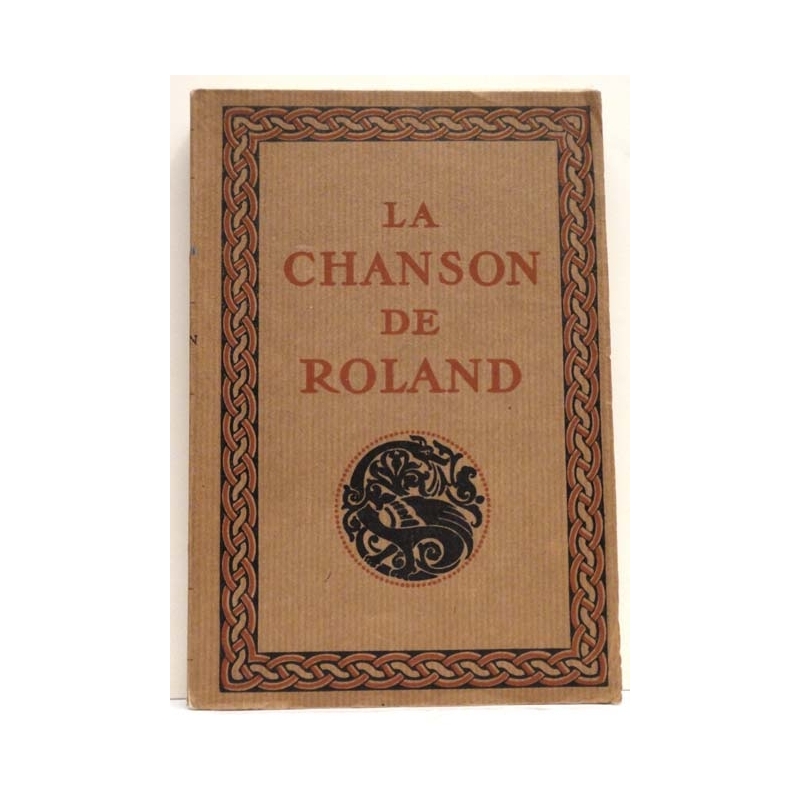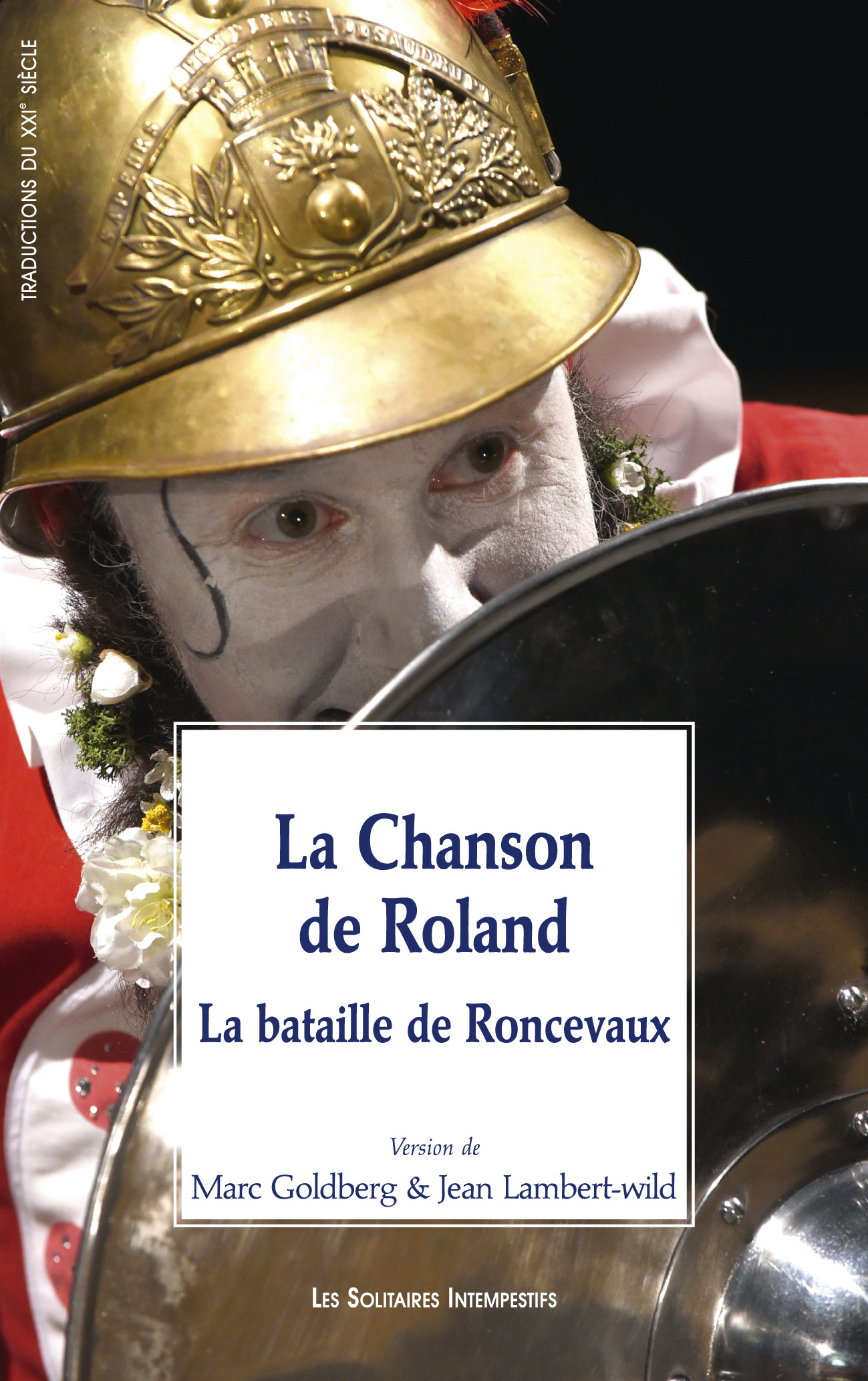
Charlemagne had a pending Saxon revolt at home so he needed little persuasion to leave. Finally the governor paid Charlemagne a large amount of gold in return for Charlemagne's army leaving the area. Charlemagne then laid siege to the city but with little success. The city governor, Hussain Ibn al-Ansari, refused. He found little resistance in Spain until he reached the city of Zaragoza. On his way through the Pyrenees he looted and plundered Basque lands. The poem is about an actual historical event that happened centuries earlier. It was all about legendary deeds and heroes. This was a literary form popular between the 11th and 15th centuries. The epic poem is the oldest example of the chanson de geste. It was written to be performed, possibly to music. These are further divided into 298 poetic units called laisses. The final text has about 4,000 lines of poetry. Additions and changes were made up until about 1115. The date of poem is somewhere between 10. It exists in different manuscript versions which shows its great popularity in from the 12th to 14th centuries. It is the oldest surviving major piece of French literature. An annotated and updated bibliography introduces leading works relating to La Chanson de Roland.The Song of Roland ( French: La Chanson de Roland) is an epic poem based on the Battle of Roncevaux in 778 during the reign of Charlemagne. The introduction concludes with a note about special problems in editing and translating the Oxford text.



Among the topics covered are the relation between history and myth, the epic’s reflection of prevailing social beliefs and values at the time of its composition (about 1100), and the literary devices employed by the unknown author. The introduction places La Chanson de Roland in the context of the French epic tradition, Charlemagne’s Spanish campaign of 778, the legend of Roland, and the linguistic and literary issues raised by the Oxford text. This new edition pays special attention to the consistency of Saracen proper names.

Brault’s editing of the Oxford text includes corrections of the scribe’s obvious errors and new readings of garbled or partially obliterated words, and his translation achieves both elegance and accuracy. The text and a line-by-line prose translation are printed on facing pages. This new revised edition contains a new preface and makes significant improvements to both the text and the bibliography. Gerard Brault’s 1984 student edition of La Chanson de Roland has become a standard text in classrooms. It contains the text and translation from his 1978 analytical edition along with an introduction illuminating the poem’s historical and literary background and significance. Gerard Brault’s 1984 student edition of La Chanson de Roland has become a standard text in classrooms.


 0 kommentar(er)
0 kommentar(er)
